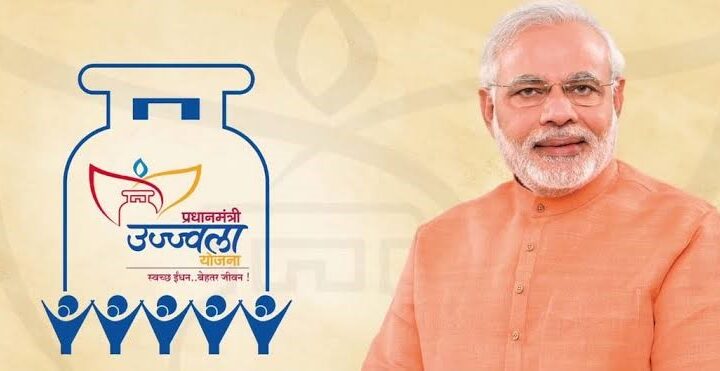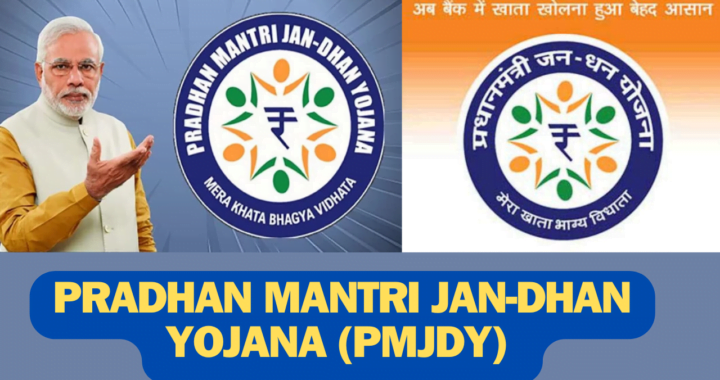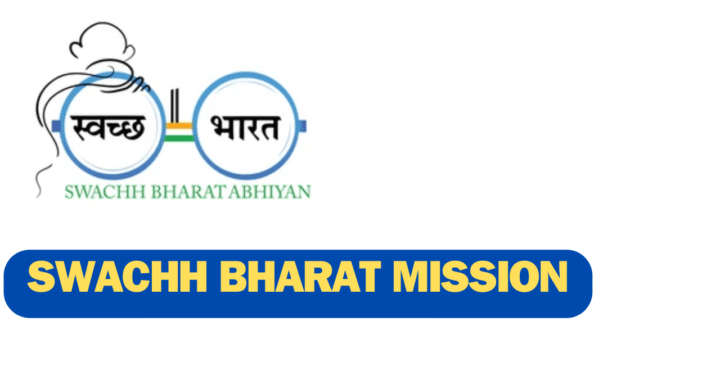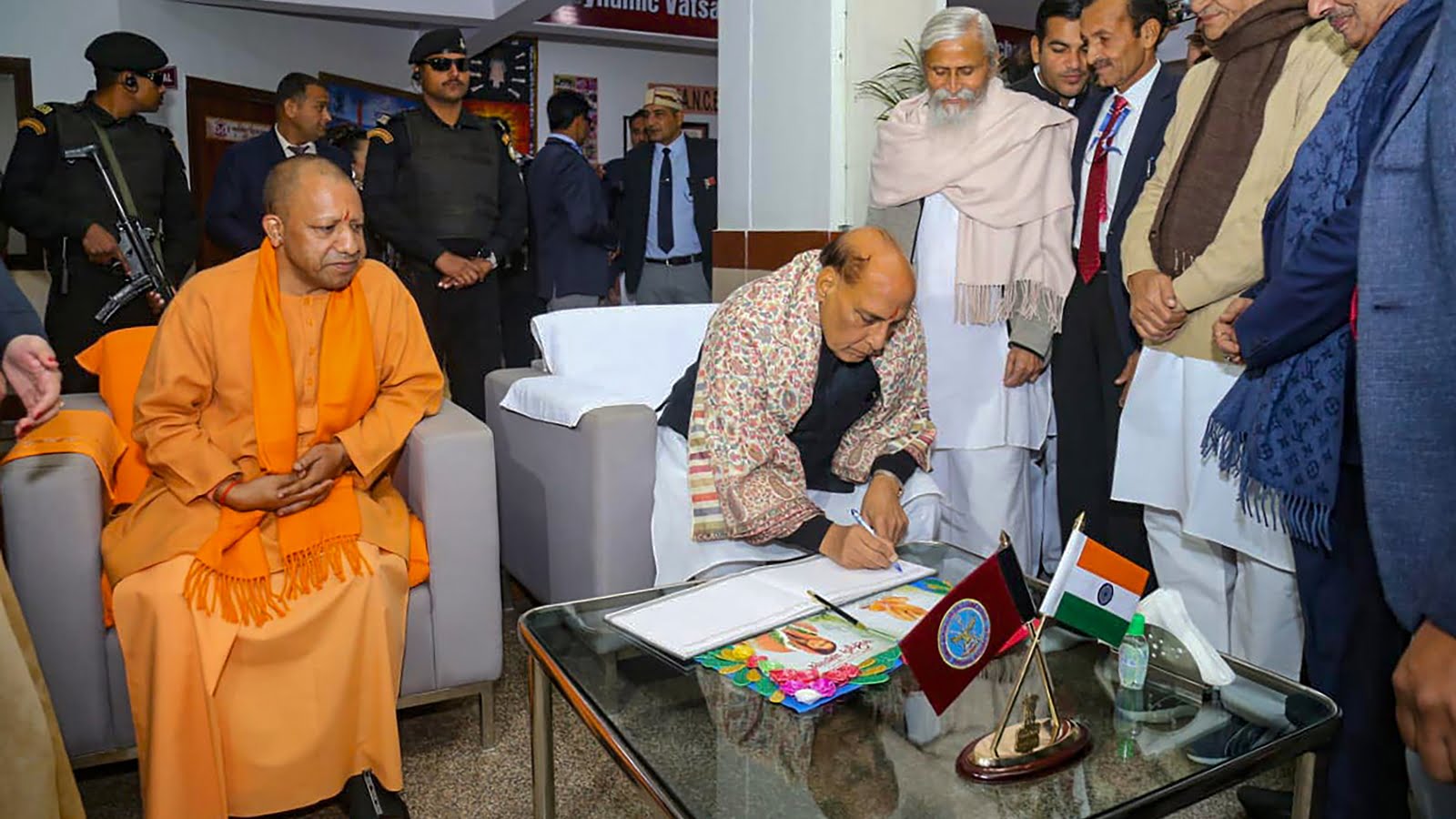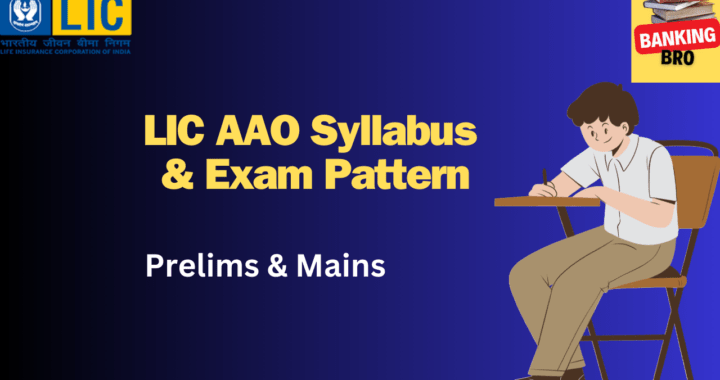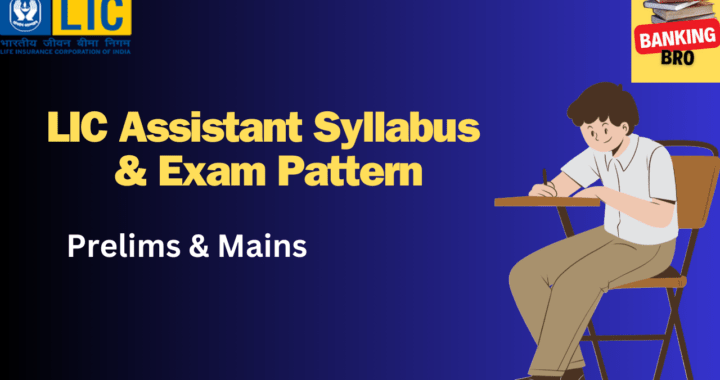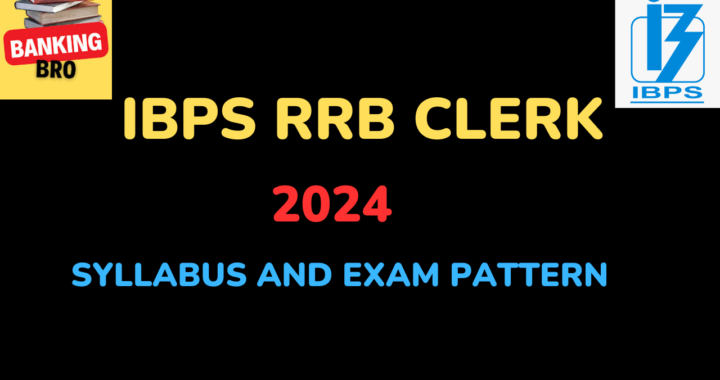Pradhan Mantri Ujjwala Yojana (PMUY):
Under the leadership of Prime Minister Shri Narendra Modi, the Union Cabinet has granted approval for the extension of the Pradhan Mantri Ujjwala Yojana (PMUY). This extension will involve the allocation of 75 lakh additional LPG (liquefied petroleum gas) connections over the course of three years, spanning from the Financial Year 2023-24 to 2025-26. With the provision of these 75 lakh additional Ujjwala connections, the total number of beneficiaries under PMUY will reach 10.35 crore.
The Pradhan Mantri Ujjwala Yojana (PMUY) was launched by the Government of India on May 1, 2016. It aims to provide free LPG (liquefied petroleum gas) connections to women from below the poverty line households. This initiative is aimed at promoting clean cooking fuel, reducing health hazards associated with traditional cooking methods, and empowering women.
Objective: The Pradhan Mantri Ujjwala Yojana (PMUY) was launched by the Government of India with the primary objective of providing clean cooking fuel to poor households. The scheme aims to safeguard the health of women and children by providing them with access to clean cooking gas (LPG).
Key Features:
Target Beneficiaries: The scheme targets women belonging to Below Poverty Line (BPL) households who do not have access to LPG connections and rely on unclean cooking fuels such as wood, coal, etc.
Financial Assistance: Under the PMUY, eligible beneficiaries are provided with financial assistance to cover the cost of security deposit for the LPG connection, cost of pressure regulator, suraksha hose, and installation charges.
Subsidy: Beneficiaries under PMUY are eligible to receive subsidy on LPG refills through the Direct Benefit Transfer (DBT) mechanism. This ensures that the subsidy amount is directly credited to the bank accounts of beneficiaries, eliminating leakages and promoting transparency.
Identification of Beneficiaries: Identification of eligible beneficiaries is done through socio-economic census data. Additionally, State Governments and Union Territories are also involved in the identification process.
Awareness and Campaigns: The scheme also includes awareness campaigns to educate beneficiaries about the benefits of using clean cooking fuel and the importance of LPG in improving health and environmental conditions.
Significance:
Health Benefits: PMUY aims to reduce health hazards caused by indoor air pollution due to the use of traditional cooking fuels. Clean cooking fuel promotes better respiratory health among women and children.
Empowerment: Provision of LPG connections to women in BPL households empowers them by enhancing their convenience, safety, and quality of life.
Environmental Impact: By promoting the use of LPG over traditional cooking fuels, PMUY contributes to reducing deforestation, air pollution, and mitigating climate change.
Challenges:
Last-Mile Delivery: Ensuring effective implementation and reaching the last-mile beneficiaries, especially in remote and rural areas, remains a challenge.
Subsidy Rationalization: Managing subsidy distribution effectively while avoiding leakages and targeting subsidies to the deserving beneficiaries is a continuous challenge.
Awareness and Behavioral Change: Creating awareness about the benefits of clean cooking fuel and changing the behavior of households accustomed to traditional cooking fuels require sustained efforts.
Initiatives to Expand LPG Coverage
- The PAHAL (Pratyaksh Hastantarit Labh) initiative revolutionized the distribution of LPG cylinders by shifting from subsidized pricing to selling them at market rates while electronically transferring applicable subsidies directly to individuals’ bank accounts. This innovative approach significantly reduced the prevalence of “ghost” accounts and the illicit use of household cylinders for commercial purposes, ensuring that only the rightful beneficiaries receive the subsidies.
- The “Give It Up” campaign took a voluntary approach to subsidy reduction, encouraging individuals to willingly surrender their subsidies. Through extensive promotion, millions of people willingly opted out of subsidies, redirecting the funds to those who genuinely needed assistance in acquiring LPG cylinders.
- During the COVID-19 pandemic lockdown in 2020, a free refill scheme was implemented under the Pradhan Mantri Garib Kalyan Yojana (PMGKY). This scheme provided substantial assistance, amounting to Rs. 9670.41 Crore, to PMUY beneficiaries, facilitating 14.17 Crore LPG refills.
- The per capita consumption of PMUY beneficiaries has seen a notable increase from 3.01 in 2018-19 to 3.71 in 2022-23. In the current year (2022-23), PMUY beneficiaries have collectively obtained more than 35 Crore LPG refills, indicating the program’s positive impact and growing usage among its recipients.
Lorem ipsum dolor sit amet, consectetur adipiscing elit. Ut elit tellus, luctus nec ullamcorper mattis, pulvinar dapibus leo.
